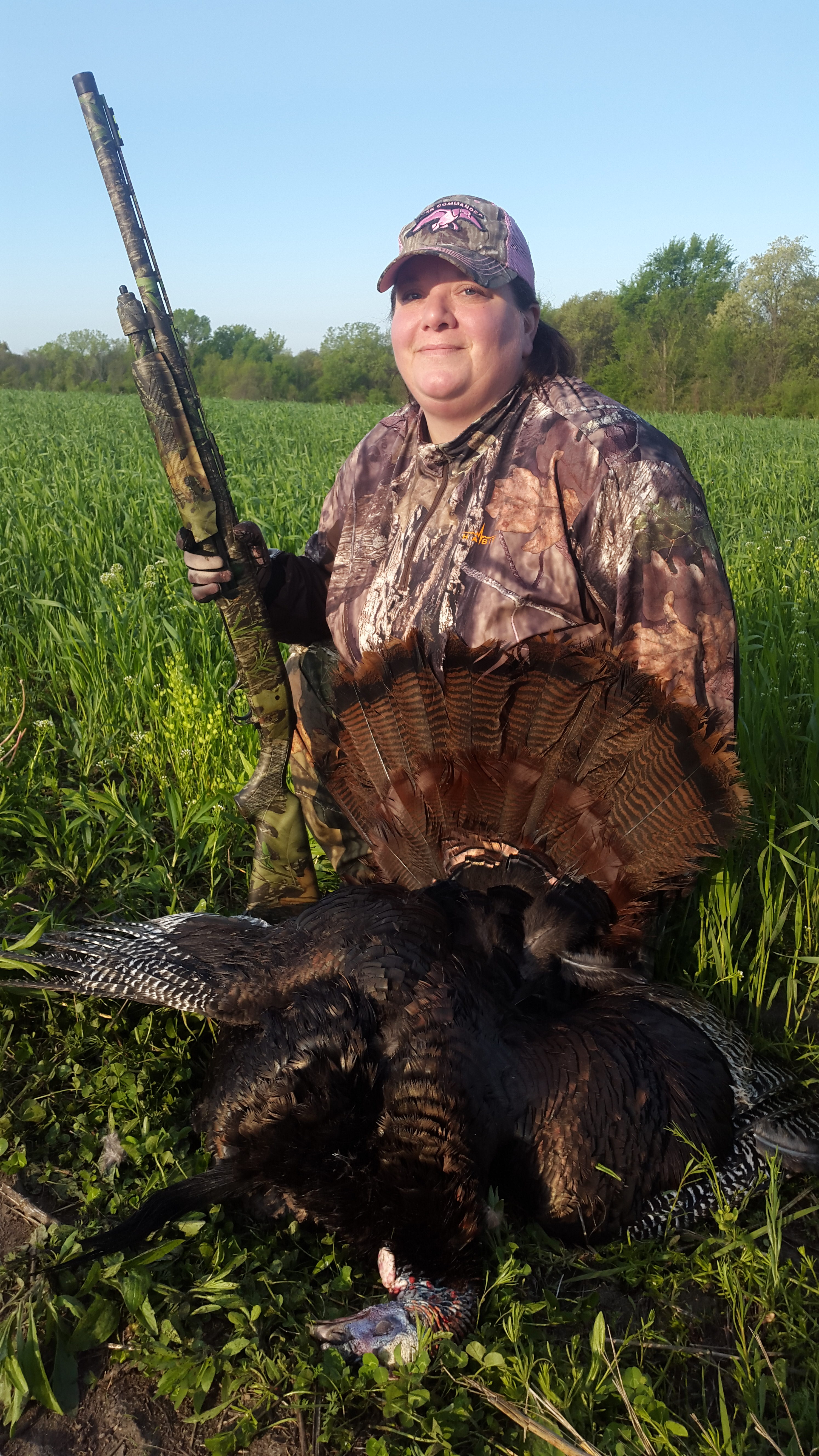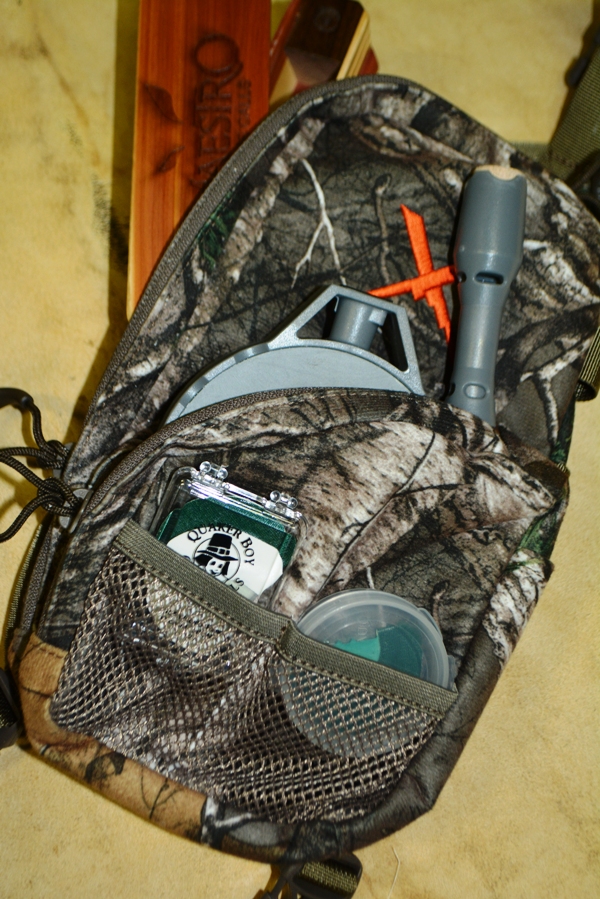Years ago, when I first started turkey hunting, I was going to master every type of turkey call there was. Now, when I think about it, there aren’t a lot of different types of call for a turkey hunter to choose from, so it should have been a pretty simple thing to do. I really wanted to be good at using a mouth call. After all, that is all you see on TV, and in the majority of magazine articles.
A few decades later, I am still trying to master the mouth call, aka the diaphragm call. At this point in my turkey hunting crusade, I have pretty much given up on the idea of learning to use the mouth call. Some people get it, and others don’t. I’m one of the hunters that doesn’t get it. But, that is OK. I have learned techniques that allow me to kill birds using different types of calls, which has made me an all-around better turkey hunter. You can do the same.
Reducing hand movement when operating a call out in the open is critical to prevent a gobbler from spotting you. Some calls make this easier than others. Push-button style calls can be worked with just one finger. Some can even be attached to your gun.
This allows you to have your gun in position for a quick shot while you are calling, reducing the extra movement associated with having to shoulder your gun. The drawback to push-button calls is that they don’t offer a large variety of sounds or volume.
Being able to make the shot when you have the opportunity is critical. Too many hunters do not take the time to pattern their shotgun to find the perfect load, choke, and sight combination. What works for me might not work for you. A 12-gauge with a 3 1/2-inch shell with an extra-full choke topped off with a red dot scope might work for you. But, your wife might prefer a 20-gauge with a 3-inch shell with iron sights. Find what works best for you.
The best advice I know to give any turkey hunter is not to be seen. Camouflage from head to toe that matches your surroundings is a must. Don’t hesitate to wrap your bow or shotgun in camouflage wrap if the sun could reflect off the weapon’s surface.
A ground blind is the best way conceal yourself, and the movements associated with using a call. But, for hunters that prefer the fast-paced action of the run-and-gun approach of turkey hunting, a blind isn’t a practical choice.
Decoys put the odds in your favor. When a gobbler hears your calls, and is able to see a fake bird, it is often too much for him to resist. If your decoy has a little motion to it, all the better. Some decoys come with a string attached that can be ran back to the hunter so he can provide movement to the decoy. But, it would be easy to tie a piece of fishing line to any decoy. Another trick on windy days is to place sticks on either side of the decoy’s tail feathers. This will add realistic movement a couple of inches in either direction, rather than spinning around violently that would spook birds.
Being a bowhunter, I know that I can’t rely on my sights to still be on target from deer season to spring turkey season. Get out and practice shooting, and remember a turkey has a very small kill zone.
If you plan on using the big broadheads intended for neck/head shots, put on practice blades and practice. These broadheads will fly different than any other broadhead you have shot before.
Whether you are shooting archery gear or a shotgun, know your maximum effective shooting range, and do not shoot at a bird further than that. Use a quality rangefinder in both your practice sessions, and when hunting. As it tempting as it might be to take a shot just a little longer than what you are comfortable with, listen to what your rangefinder shows you, and stick with shots you know you can make.
For those of you reading this that still believes that you must be proficient with every style of turkey call there is, you don’t.
Learn to use other calls the best you can, keep your body and hand movements concealed, and use decoys. Choose a shotgun setup with a shell, choke, and scope combination you are comfortable with. Use a rangefinder, and don’t shoot further than you are comfortable making.
Above all else, learn as much as you can about the property you will be hunting on, and the birds you are after. This builds confidence, and a confident hunter is often a successful hunter.




















![The Best Deer Camp Chili [VIDEO] Deer Chili Ingredients, Tomatoes, Chili Spices](/wp-content/uploads/2015/10/Deer-Chili-Deer-Camp-Recipe-218x150.jpg)
![How to Call Elk Early in the Season [VIDEO]](/wp-content/uploads/2016/08/byers003-218x150.jpg)




![Idiots Disturb Hunter: How Would You Have Handled It? [VIDEO]](/wp-content/uploads/2015/10/DSC00110-e1474487693878-100x70.jpg)
![Albino Buck Shocked to Shed His Antlers [VIDEO]](/wp-content/uploads/2015/10/AlbinoDeer-100x70.jpg)